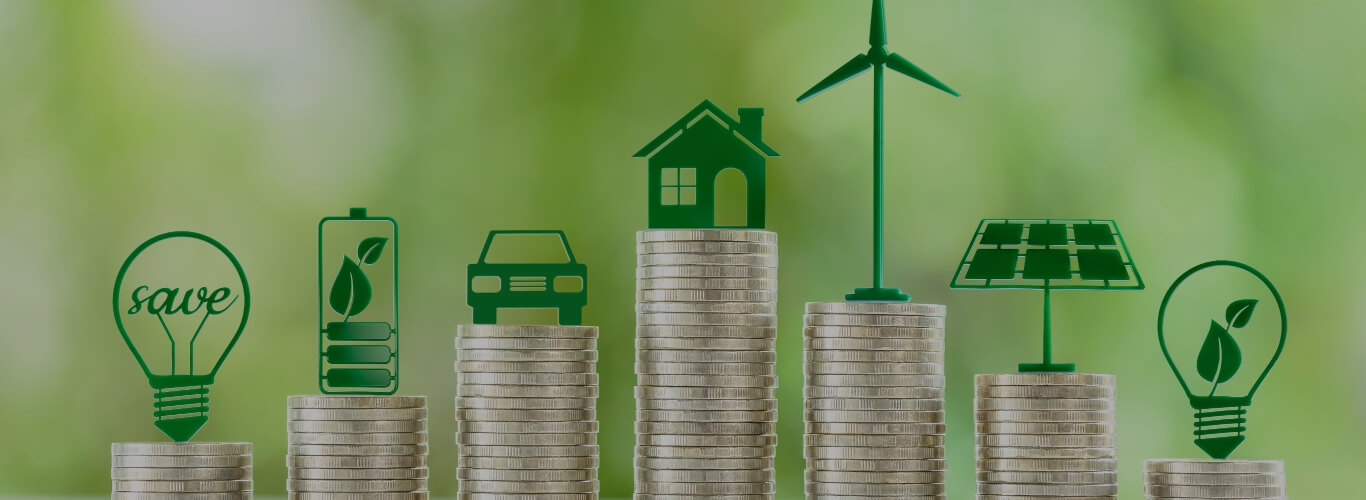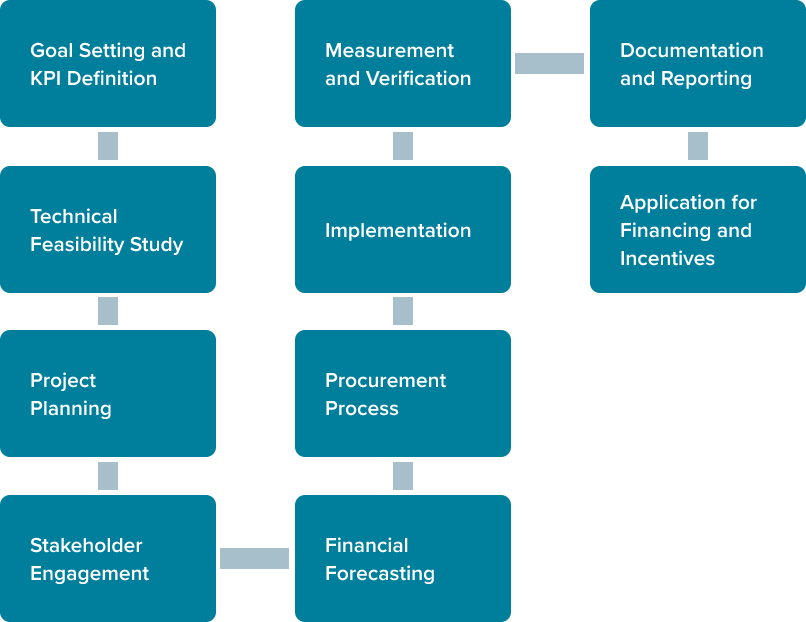
Why Green Finance?
Why Green Finance?
A question may come to mind about the motives of the financial institutions in general and the banking sector in particular for developing mechanisms and programs to facilitate access for individuals, companies, institutions, and local communities to instruments and facilities aimed at stimulating investments and financial flows directed towards sustainable energy projects. These motives are many, but the most important of them at the global level is the financial system’s awareness that global climate change directly and indirectly affects finance clients, especially small and medium-sized finance, and also the finance institutions that deal with them. Because the change in the ecosystem and natural resources, including the cases of extreme climate phenomena as a result of global warming, such as heat, long-term drought, severe heavy rains, floods and hurricanes, or rising sea levels, increasing erosion, increasing salinity of neighboring agricultural lands, decreased agricultural crop productivity, and an increase in the incidence of agricultural pests and diseases, the impact of livestock, as well as water scarcity or the increase in diseases and epidemics, the impact of global supply chains, and other effects of climate change etc. all these will make it difficult for financing clients to pay their financial obligations to institutions lending to them. Asset losses related to climate and health issues also cause high default rates. There is a significant delay in repayment that directly and indirectly affects the financial performance of financial institutions. Therefore, moving towards green financing will achieve many economic benefits in terms of mitigating and avoiding the damage resulting from climate change by reducing the causes leading to it in terms of emissions in various productive sectors, of which the energy component is a major cause. Such green finance mechanisms and programs typically target economic growth, creation of new business opportunities, and enhancing competitiveness to access markets with green products. They aim to achieve greenhouse gas emissions reduction objectives, improve the efficiency of natural resource utilization, and minimize waste and pollutants. Generally, due to the novelty of these mechanisms, there is a knowledge gap not only in their existence but also in how to apply and benefit from them. Although they are often available from multiple sources nationally and even at the municipal and local levels, as they are not solely international mechanisms with complex procedures.

Investing in green products, e.g. by enabling the transition towards renewable energies, enhancing energy efficiency and improving the quality of its services while enabling customers, whether individuals, companies, institutions or local communities, to withstand, adapt and grow are among the most important areas of green finance, and are considered key pillars for developing a flexible system for a sustainable green economy.
Currently, 632 billion dollars are spent annually as investments in green financing to combat climate change, which is frequently referred to as “climate finance”. This number is modest if we know that the climate investments necessary to prevent catastrophic deterioration of the environment are estimated at up to 4.5 trillion dollars annually by the year 2030. By 2050, the need will rise to US$6 trillion annually.
The Paris Agreement, which was signed by 195 parties in 2015 and entered into force in late 2016, clearly addressed the issue of climate finance through Article 2, which stipulates to make financial flows consistent with a path leading to development that is low in greenhouse gas emissions and capable of adapting to climate change. It stressed the need to mobilize an annual commitment of USUS$100 billion, which was previously agreed upon in 2009 at the 15th session of the Conference of the Parties to the United Nations Framework Convention on Climate Change (COP15) in Copenhagen. Article 9 clearly underlines that the provision of financial resources is mandatory and must be provided by developed countries to developing countries in the context of meaningful global warming gas emissions mitigation measures, and that governments should strive to make use of all mechanisms. The Agreement also requires that the provision of an expanded financial support should take into account country strategies, priorities and needs of developing country Parties, particularly those that are particularly vulnerable to the adverse impacts of climate change and have significant capacity constraints, and to promote effective access to financial resources through Simplified approval procedures and support the readiness and capacity of developing countries to benefit from financing.

